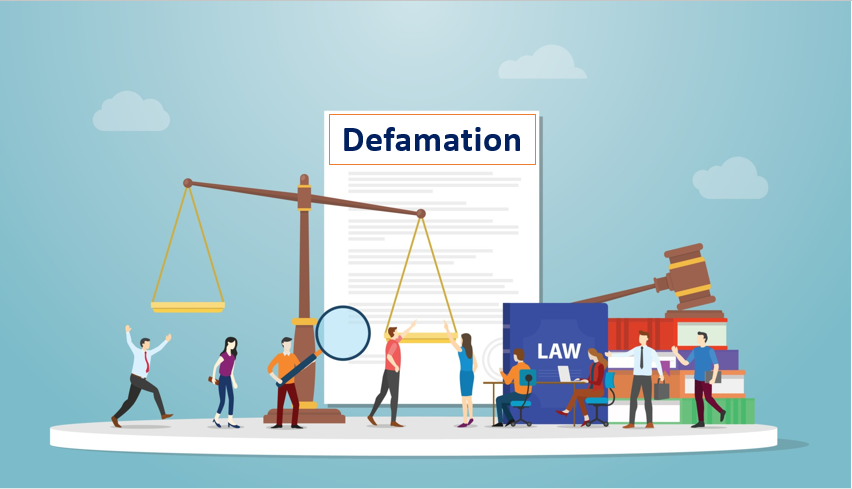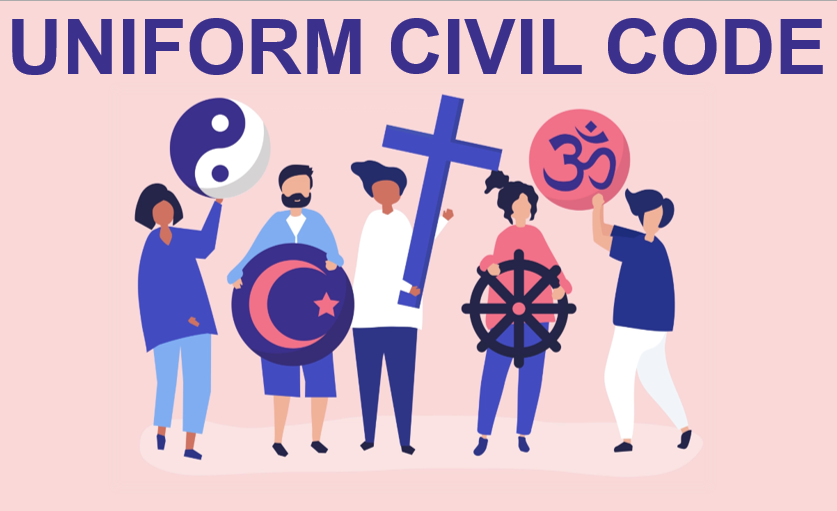Published on 28th January 2025
Authored By: Rabia Mittal
Baba Farid Law College, Faridkot ,Punjab
INTRODUCTION
Labor rights are human and legal rights that safeguard employees and their interactions with employers. Industry is for men, not the other way around. Both national and international labor and employment laws codify these rights. Freedom of association, collective bargaining, fair wages, safe working conditions, protection from discrimination, prohibition of child labor, social security, and the right to strike are a few examples of labor rights. Since 1919, the International Labour Organization (ILO) has been creating international labor standards. The principles, goals, and rights subsequently articulated in the Universal Declaration of Human Rights and the United Nations Charter serve as the foundation for these standards.
WHAT IS WAGE ?
A wage is the total amount of money paid by an employer to an employee in exchange for labor. “Wages” refers to any compensation that can be expressed in monetary terms and that would be paid to an employee for their work or for their employment if the terms of their employment contract, whether explicit or implied, were met. This includes house rent allowance, but excludes the following:
(i) the value of any housing, light, water, or medical expenses, or any other amenity or service that is prohibited by general or special orders of the relevant government;
(ii) any contributions made by the employer to a pension fund, provident fund, or under any social insurance scheme;
(iii) any traveling allowance or the value of any traveling concession;
(iv) any amount given to the employee to cover special expenses incurred by the nature of his employment; or
(v) any gratuity payable upon discharge.
TYPES OF WAGES
MINIMUM WAGES
A minimum wage is a wave sufficient to provide basic amenities of life and also preserve the efficiency of the workers.
Minimum wages act 1948 recommended by the fair wages committee. The act requires the appropriate government to fix minimum rates of wages and review and revise the minimum rates of which are at intervals not exceeding 5 years .
The minimum wage rate maybe
1 Time rate
2 Piece rate
3 Guaranteed time rate
4 Overtime rate
FAIR WAGES
The Government of India appointed a committee in 1948 to determine the principles on which fair wages should be based then to suggest the lines on which those principles should be applied. the concept of fair wages linked with the capacity of the industry to pay .
Definition of Fair Wage
Fair wage is the wage which is above the minimum wage but below the living wage.
The lower limit of the fair wages is obviously the minimum wage ,the upper limit is to be set by the capacity of the industry to pay.
Factors affecting fair wages :
1 Minimum wages
2 Capacity of the industry to pay
3 Productivity of labour
4 Level of national income and its distribution
5 The place of the industry in the economy of the country
6 Filling wage rate in the same or similar occupation in the same or neighbouring localities
LIVING WAGES
According to the committee on fair wages the living wage represents the highest level of wages and includes all amenities which a citizen living in a modern civilized society is to expect .When the economy of the country is sufficiently advanced and the employer is able to meet the expanding expirations of his workers.
The living wage should be fixed keeping in view the national income and the capacity of industry to pay.
According to the report of fair wage committee the living way should enable the male earner to provide for himself and his family not nearly the bear essentials of food clothing shelter but also a measure of frugal comfort including education for children protection against ill health requirements of essential needs and a measure of insurance against the more important including old age.
BASIC WAGES
Basic minimum wage is a wage which is to be fixed in accordance with the awards and judicial pronouncements of industrial tribunals National tribunals And Labour courts they are obliged on the part of employers
MINIMUM WAGES ACT 1948
HISTORICAL ASPECT
1 The initiative by Shri K.G.R. Choudhary in 1920 : setup boards for determination of wages.
2 the International Labour conference adopted convention 26 and 30 in 1928 relating to age fixing machinery in trades are parts of trades
3 A minimum wages bill was introduced in the central legislative assembly on 11.04.1946
4 The bill came into force with effect from 15.03.1948
5 The committee on fair wage was set up in 1948 to provide guidelines for wage structure.
OBJECTIVE
1 To provide minimum wages to the workers working in organised sector
2To stop exploitation of the workers.
3 To empower the government to take steps for fixing minimum wages and to revise it in a timely manner .
FIXATION AND REVISION OF MINIMUM WAGES
Minimum rates of wages and respect of any schedule employment can be fixed or revised by the appropriate government in two methods
1 It shall appoint as many committees and subcommittees as it considered necessary
on advice of the committee published into the official Gazette .
2 Notification in official Gazette.
Fixation and revision shall come into force on the expiration of 3 months from the date of issue of notification and less otherwise directed to revise the wage rate the consultation has to be done with the advisory board.
Different rates can be fixed for different zones and localities
The employer shall pay to every employee engaged in a scheduled employment under him such wages at a rate not less than the minimum rate of which is fixed by the appropriate government.
AUTHORITY
Any Commissioner for workmen’s compensation or
any officer of the central government exercising functions as Labour Commissioner of for any region or
an officer of the state government not below the rank of Labour Commissioner or
any other officer with experience as the stipendiary magistrate or a civil court judge .
PENALTY
For paying less than the minimum wage fine is 50,000 rupees and imprisonment for 3 years.
FAIR COMPENSATION
In India, there are several labor laws that deal with fair remuneration. One such law is the Employees’ Compensation Act, 1923, which mandates certain employers to provide compensation to employees and their families in case of industrial accidents or specific occupational diseases. The act stipulates compensation under various circumstances: Death scenario, dependents receive 50% of the deceased employee’s monthly salary, multiplied by a factor from Schedule IV of the act, or a minimum of ₹1,20,000. In the event of permanent total disablement, the employee is entitled to 60% of their monthly salary, multiplied by a factor from Schedule IV of the act, or a minimum of ₹1,40,000. For permanent partial disablement, the compensation amount depends on the severity of the disability and is calculated using a specific formula. In cases of temporary disablement, employees receive 25% of their monthly salary every two weeks until they recover.
Another important labor law is the Payment of Wages Act, 1936, which regulates wage payment in industries and offers a solution for illegal deductions or unjustified payment delays.
Lastly, the Factories Act, 1883, introduced an eight-hour workday, banned child labor, and limited women’s night work. It also introduced overtime wages for work beyond an eight-hour workday.
CODE OF WAGES 2019
MINIMUM WAGES
All workers, regardless of their skill level or line of work, are entitled to a minimum salary set by the 2019 Code on Wages. The minimum wages imposed by the federal or state governments must be at least as high as the floor wage, which is set by the central government.
PAYMENT OF WAGES
According to the Code, salaries must be paid electronically, via check, bank account credit, coins, or currency notes.
SUBTRACTIONS
For some circumstances, such as fines, missing work, or recovering advances, wages may be withheld.
BONUS
Workers who work at least 30 days during an accounting year and have a monthly salary below a specific threshold are eligible for an annual bonus.
INSPECTOR-CUM-FACILATOR
An Inspector-cum-Facilitator may be appointed under the Code to conduct compliance inspections of employers and employees. If the Inspector-cum-Facilitator suspects a crime, they have the authority to inspect workers and confiscate, search, or take copies of their wages.
INSPECTION USING ELECTRONIC MEANS
The Code permits electronic inspections and the retrieval of inspection-related data through a web-based portal.
ACTS REPEALED
The Equal Remuneration Act of 1976, the Payment of Bonus Act of 1965, the Minimum Wages Act of 1948, and the Payment of Wages Act of 1936 were all superseded by the Code on Wages of 2019.
The 2019 Code on Wages offers numerous advantages, such as:
Minimum wage: Regardless of a person’s skill level or the nature of their work, the Code sets a minimum salary for several worker categories. The minimum wage, which may be determined by time or quantity of work completed, is announced by the federal or state governments.
Digitization: The Code encourages wage payments to be made digitally, including through bank transfers.
Faster claim adjudication: The Code’s claim adjudication procedure is expedited.
Labor welfare: The Code seeks to advance both labor welfare and equity.
Economic expansion: The Code seeks to stimulate job development and economic expansion.
State Advisory Boards: The Code establishes State Advisory Boards consisting of employers, employees, and independent persons. These boards advise the government on various issues, including fixing minimum wages and increasing employment opportunities for women.
Inspector-cum-Facilitator: The Code provides for the appointment of an Inspector-cum-Facilitator to carry out inspections of employers and employees.
CONCLUSION
In summary, the Code of Wages ,2019 is a fantastic government initiative. The government should also prioritize the “Need Based Minimum Wage,” which should encompass housing, healthcare, education, nutrition, and old age benefits. Therefore, every Indian citizen should be considered to have a fundamental constitutional right to a guaranteed minimum salary. Given the market’s volatility, the new rule stipulates that minimum salaries must be revised every five years, which is a significant time frame. In order to reconcile salaries with market volatility, minimum wages ought to be modified to reflect inflation. To address labor market concerns and resolve disparities in minimum wage calculations at the national level, the National Commission for Labor should be established. The minimum wage system needs to be well-designed, its objectives made clear, and its implementation made efficient if it is to effectively balance protection with the advancement of sustainable growth.
REFERENCE
- Minimum Wages Act 1948
- Code of Wages 2019
- Minimum Wages Act 1948 Labour Law <https://youtu.be/xg43pudL1Ko?si=0_4KUuZr23vsUmQS>accessed 16 December 2024
- ‘Minimum Wages Act 1948’ <https://youtu.be/bAFP-RTJeoY?si=MFkqLP0ODDQWk8C7>accessed 16 December 2024
- ‘Wages Types ’ <https://youtu.be/xcZyOmgRBVc?si=k8X4wayGTrSA_nxe>accessed 16 December 2024
- Code on wages <https://www.drishtiias.com/daily-news-editorials/code-on-wages-1>accessed 16 December 2024


